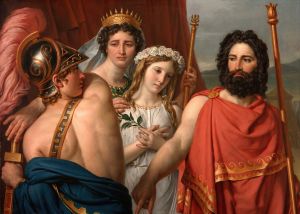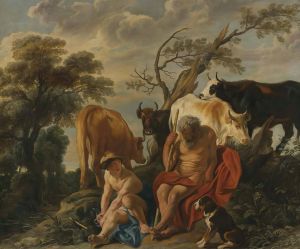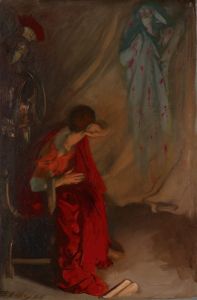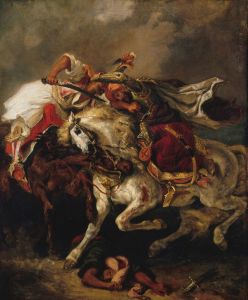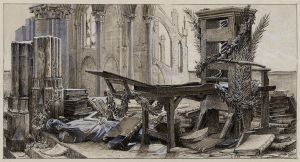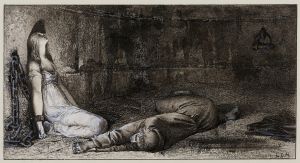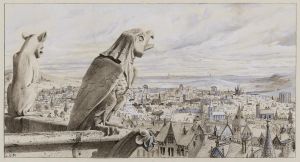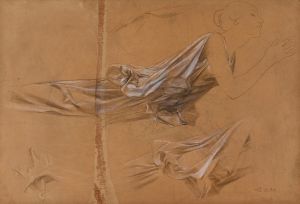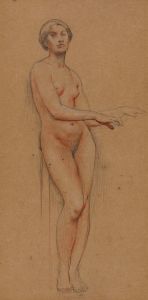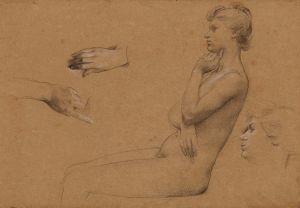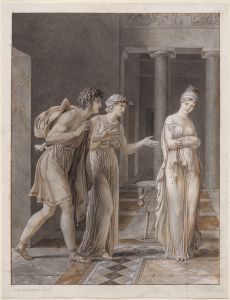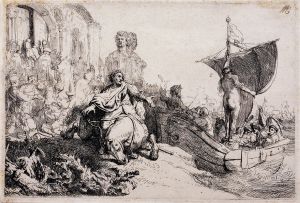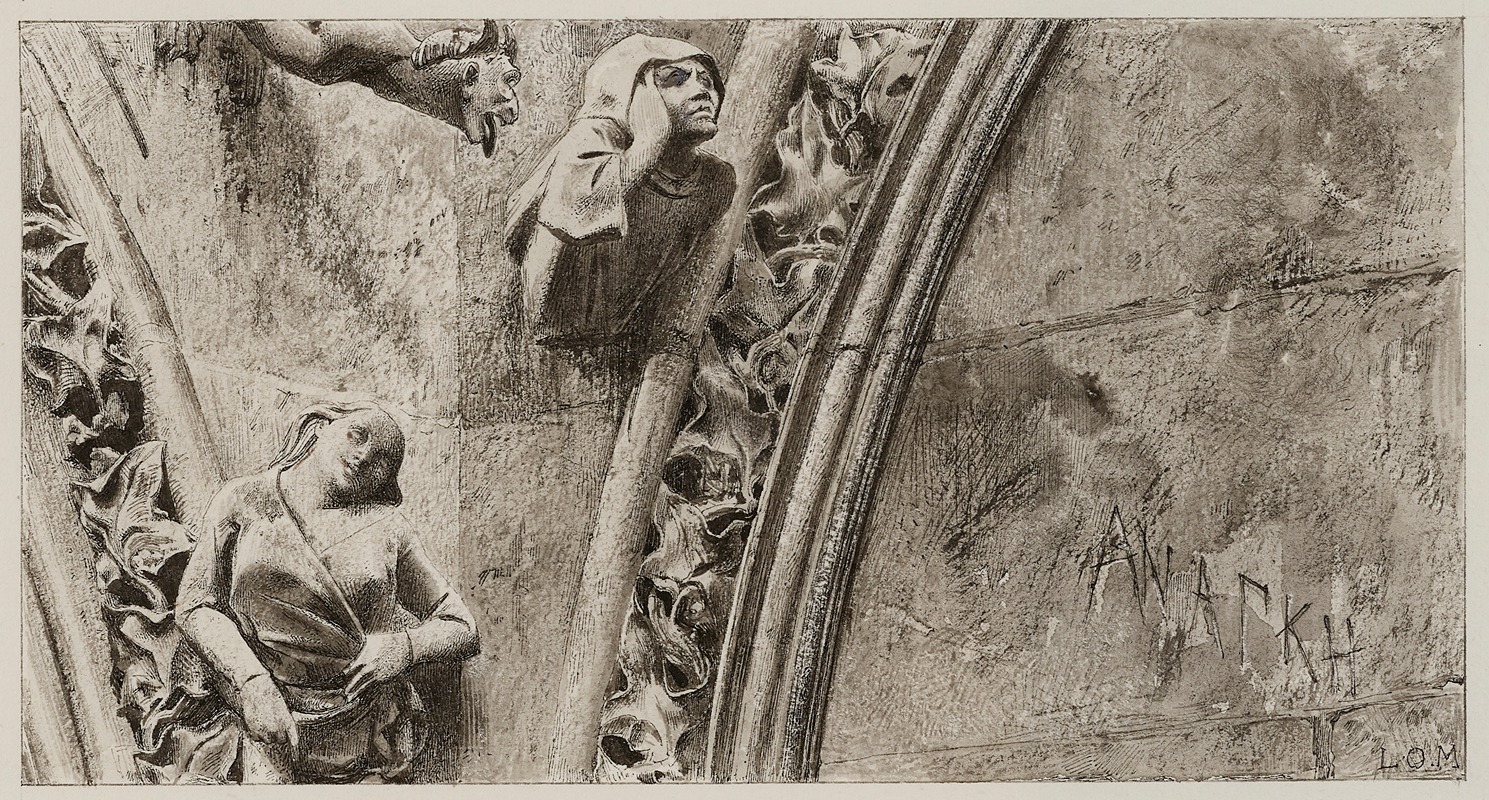
Ananké
A hand-painted replica of Luc-Olivier Merson’s masterpiece Ananké, meticulously crafted by professional artists to capture the true essence of the original. Each piece is created with museum-quality canvas and rare mineral pigments, carefully painted by experienced artists with delicate brushstrokes and rich, layered colors to perfectly recreate the texture of the original artwork. Unlike machine-printed reproductions, this hand-painted version brings the painting to life, infused with the artist’s emotions and skill in every stroke. Whether for personal collection or home decoration, it instantly elevates the artistic atmosphere of any space.
Luc-Olivier Merson was a French academic painter and illustrator, known for his detailed and often allegorical works. One of his notable paintings is "Ananké," which reflects his interest in mythological and symbolic themes. Merson was born in Paris on May 21, 1846, and he became a prominent figure in the French art scene during the late 19th and early 20th centuries. He studied under Gustave Chassevent-Bacques and Isidore Pils at the École des Beaux-Arts in Paris, which was a significant institution for nurturing artistic talent in France.
"Ananké" is a work that embodies Merson's fascination with allegory and mythology. The title "Ananké" refers to the Greek concept of necessity or fate, often personified as a powerful force that even the gods could not escape. This theme is consistent with Merson's interest in exploring complex philosophical and existential ideas through his art. His works often feature a blend of realism and symbolism, creating a narrative that invites viewers to ponder deeper meanings.
Merson's style is characterized by meticulous attention to detail and a refined technique, which he applied to both his paintings and illustrations. He was known for his ability to convey intricate narratives through his art, often drawing on historical, religious, and mythological subjects. His work was well-received during his lifetime, earning him several prestigious awards, including the Prix de Rome in 1869, which allowed him to study in Italy and further develop his artistic skills.
In addition to his paintings, Merson was a prolific illustrator, contributing to various publications and projects. His illustrations often complemented literary works, providing visual interpretations that enhanced the reader's experience. Merson's ability to capture the essence of a story or theme through his illustrations made him a sought-after artist in the publishing world.
Throughout his career, Merson exhibited his work at the Salon, the official art exhibition of the Académie des Beaux-Arts in Paris. His contributions to the art world were recognized with numerous accolades, and he was eventually appointed as a professor at the École des Beaux-Arts, where he influenced a new generation of artists.
Luc-Olivier Merson's legacy is marked by his dedication to exploring profound themes through his art, as well as his impact on the academic art tradition in France. His work, including "Ananké," continues to be appreciated for its technical excellence and the depth of its symbolic content. Merson passed away on November 13, 1920, but his contributions to the art world remain significant, reflecting a period of rich artistic exploration and expression in French history.





